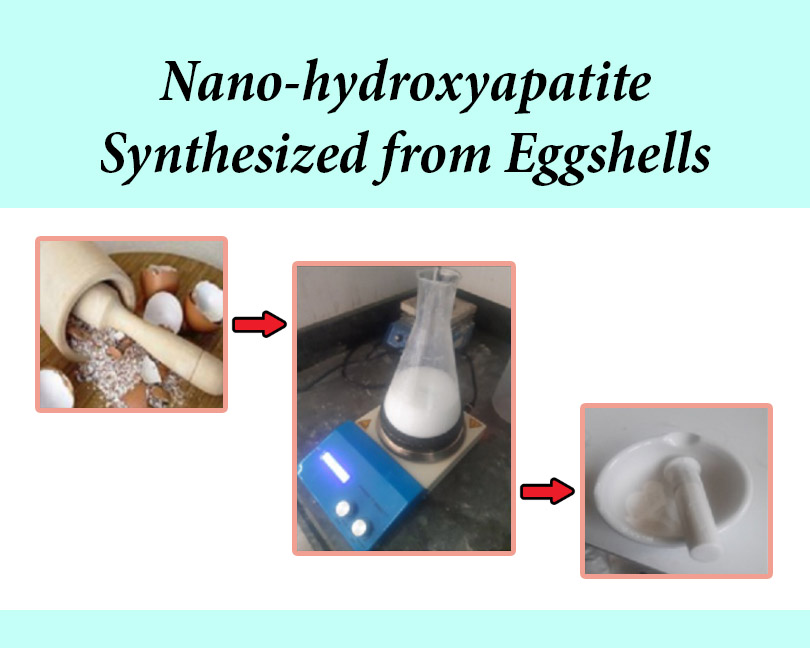Characterization of nano-hydroxyapatite synthesized from eggshells for absorption of heavy metals
- 1 Department of Ceramic, Materials and Energy Research Center, Karaj, Iran
- 2 Institute of Sustainable Energy (ISE), Universiti Tenaga Nasional (UNITEN), Malaysia
Abstract
This paper presents the synthesis of nano-hydroxyapatite using the deposition process on eggshells as a cost-effective starting material. This study investigates the potential of nano-hydroxyapatite as an effective adsorbent for heavy metals. Various analytical techniques, including X-ray diffraction (XRD), X-ray fluorescence spectroscopy (XRF), Fourier transform infrared (FTIR), surface area measurement (BET), and scanning electron microscopy (SEM), were used to characterize its composition and microstructure. The main objective of this study is to evaluate the suitability of synthesized hydroxyapatite as a heavy metal adsorbent in aqueous solutions. The attained results showed that hydroxyapatite with particle size in the range of nanometers and a specific area of 150 m2/g, and the necessary properties for absorption, was successfully processed. The results showed that the prepared samples had a uniform mesopore distribution between 2 to 3 nm and an explicit size of 9 nm.
Downloads
References

Copyright (c) 2023 Leila Karamzadeh, Esmaeil Salahi, Iman Mobasherpour, Armin Rajabi, Masomeh Javaheri

This work is licensed under a Creative Commons Attribution 4.0 International License.
Copyright
Authors are the copyright holders of their published papers in Synthesis and Sintering, which are simultaneously licensed under a Creative Commons Attribution 4.0 International License. The full details of the license are available at https://creativecommons.org/licenses/by/4.0/.
All papers published open access will be immediately and permanently free for everyone to read, download, copy, distribute, print, search, link to the full-text of papers, crawl them for indexing, pass them as data to software, or use them for any other lawful purpose without any registration obstacles or subscription fees.












